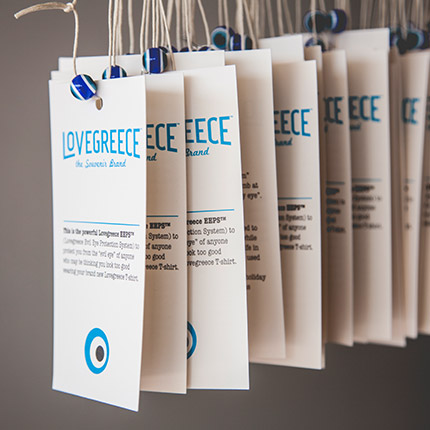What is the Evil eye?
Τhe belief that one can be affected negatively because of another person’s envy, or just another person’s stare, malevolent or unintentional. In Greek it is called “mati” (μάτι).
History
The idea is widely spread in many cultures, primarily in the Mediterranean and Middle East. References of the evil eye can be found in pre-historic (as far as 6th Century B.C.) and early historic times by classics such as Hesiod, Plutarch, Aristophanes, Plato, Theocritus, Aulus Gellius and many others.
Customs
The proposed ways of protection from the “curse” differ from place to place. In Greece, where light-colored eyes are relatively rare, blue eyed people are thought to bestow the curse, intentionally or unintentionally. This is why in Greece, charms and talismans against the evil eye take the form of beads of blue eyes “mataki” (greek: ματάκι) and are supposed to bend the malicious gaze back to its source.
A complicated method of casting away the evil eye once it has been proven you are under its “spell”, is through the process of ksematiasma (greek: ξεμάτιασμα), whereby the “healer” silently recites a secret prayer passed over from an older relative of the opposite sex, usually a grandparent. According to custom, if one is indeed afflicted with the evil eye, both victim and “healer” will then start yawning profusely. The “healer” performs the sign of the cross three times, and spits in the air three times.
To get your own Evil Eye Protection System (E.E.P.S™), aka “mataki” or an E.E.P.S™ for someone you love, all you need to do is buy a Lovegreece™ T-Shirt.







